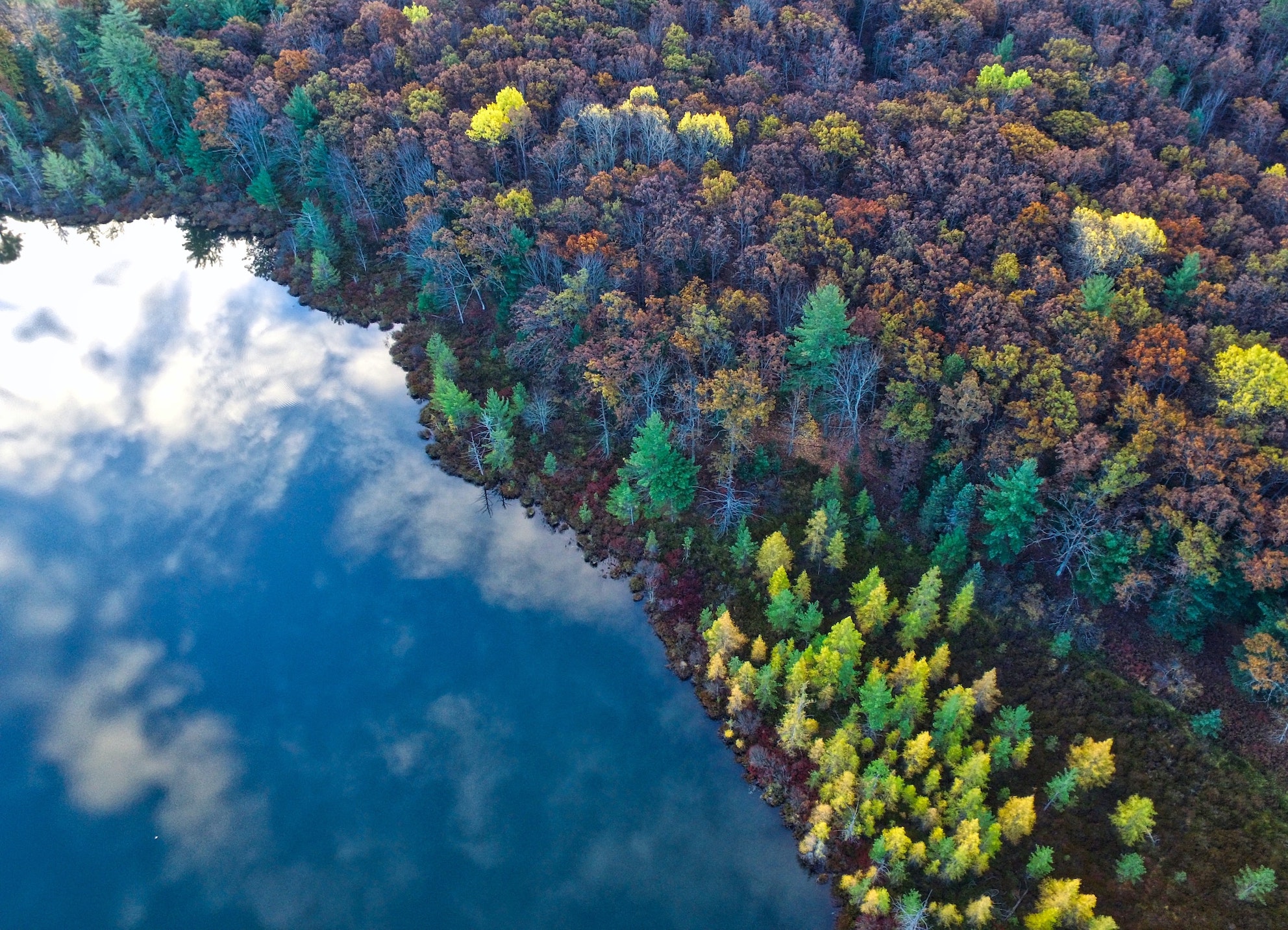27 May 2021 – by Chris O’Connell
Research conducted by Earth Refuge Advisor Dr Chris O’Connell in Bolivia and Peru, and published by Anti-Slavery International, indicates that climate change is a big – but not the only – factor driving displacement and vulnerability. He summarises his core findings in this article.

Climate change is the primary cause of migration worldwide. It presents an existential threat that is undermining traditional livelihoods, worsening the vulnerability of already marginalised groups and communities, and driving displacement. According to the World Bank, if sufficient action is not taken, over 140 million people could be displaced by 2050. Indeed, there is growing evidence that this is already occurring, with research linking northward migration from Central America to climate variability.
Under the right circumstances, migration represents an important form of climate adaptation, helping to mitigate economic precariousness and escape hazardous conditions. However, as highlighted in my report – ‘From a Vicious to a Virtuous Circle’ – if communities are not adequately listened to and supported, this situation can expose migrants to the risk of exploitation, including trafficking, debt bondage and forced labour.
My research in Bolivia and Peru reveals that climate change is not the only factor that is driving displacement and vulnerability, however. Until recently, the issue of environmentally destructive activities – such as mining and export-oriented agriculture – was predominantly treated as a ‘pull factor’ for migration by creating a demand for cheap labour. But as research participants made clear, in many places it is also a significant ‘push factor’ by making other economic activities – and even life – unviable in certain places.
Around 90% of the poorest people depend directly on natural resources, while 75% make a living from small-scale farming or fishing. These are more than just economic activities for many communities: they are deeply intertwined with their culture and identity, and often rely on ancestral knowledge passed down through generations. This same knowledge is increasingly recognised as crucial to preserving and restoring biodiversity, and for successful adaptation to the climate crisis.
Nevertheless, vital lifelines for communities and indigenous peoples are being shut down or restricted due to the expansion of extractive activities. Not only do these activities contaminate the air, soil and water, they are also associated with ‘staggering’ rates of deforestation and heavy water usage at a time when climate change is driving water scarcity.
Over and over, research participants described the negative environmental and human impacts of pesticides from industrialised agriculture, toxic oil spills, and pollution from mining residue that contains chemicals and heavy metals. This situation is also endangering the food security of these communities. In the words of an indigenous broadcaster I interviewed in the Peruvian Amazon,
“it is due to pollution, but also to the changes that are happening to the climate – both things are affecting us. The rivers used to be full of fish, but not now; we are eating our last fish…”
For many families and communities, this combination can represent the ‘last straw’ in pushing them to migrate. The cruel irony is that in countries where economic activity relies on natural resource extraction, the only choice for many citizens is to accept offers to work in these same environmentally destructive sectors. This work often consists of highly exploitative and degrading conditions, including instances of debt bondage and forced labour, which causes further human degradation and contributes to further greenhouse gas emissions. This is the vicious circle from which many struggle to escape.
The distinction between environmental impacts linked to climate change and those arising from man-made environmental harm is an important one. While the roots of both lie in the history of unequal development, their immediate drivers and control levers differ. Mitigating climate change is a long-term global challenge, but action to reduce environmental destruction should, in theory, be more straightforward.
Yet, rather than regulating these activities, governments in many countries are actively facilitating them via state policy, including tax breaks, subsidies, and infrastructure projects, while often turning a blind eye to human rights abuses against land- and environmental-rights defenders. This situation must be tackled as a matter of urgency, and must also involve the meaningful participation of affected groups and communities.
Responsibility for this scenario extends beyond national governments to include transnational corporations, consumer demand, and the architecture of global trade and investment – all of which restrict the ‘space’ for governments and suppliers to improve labour and environmental standards. Measures such as mandatory environmental and human rights due diligence legislation and a ‘Just Transition’ that respects workers’ rights are essential steps to taking a holistic approach to climate resilience.
All of this points to the need to not only improve legal safeguards for those who are displaced, but also to actively prevent or mitigate such vulnerability. Whether moving or staying, the fundamental rights of those most affected by climate and environmental breakdown must be upheld. Many of the tools required to tackle this situation already exist in the form of International Labour Organisation conventions, and UN human rights treaties, declarations, and principles such as the Guiding Principles on Business and Human Rights among others. What is needed now is corresponding action to translate these commitments into tangible change.



